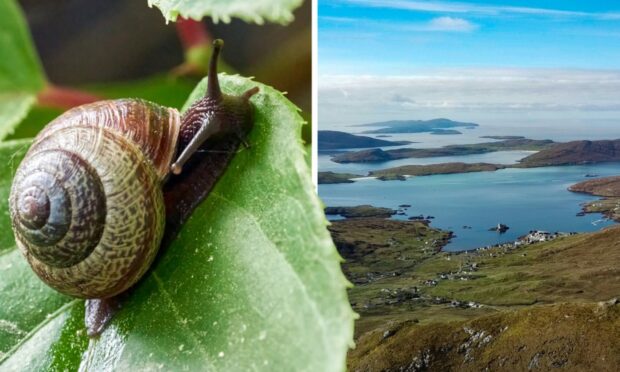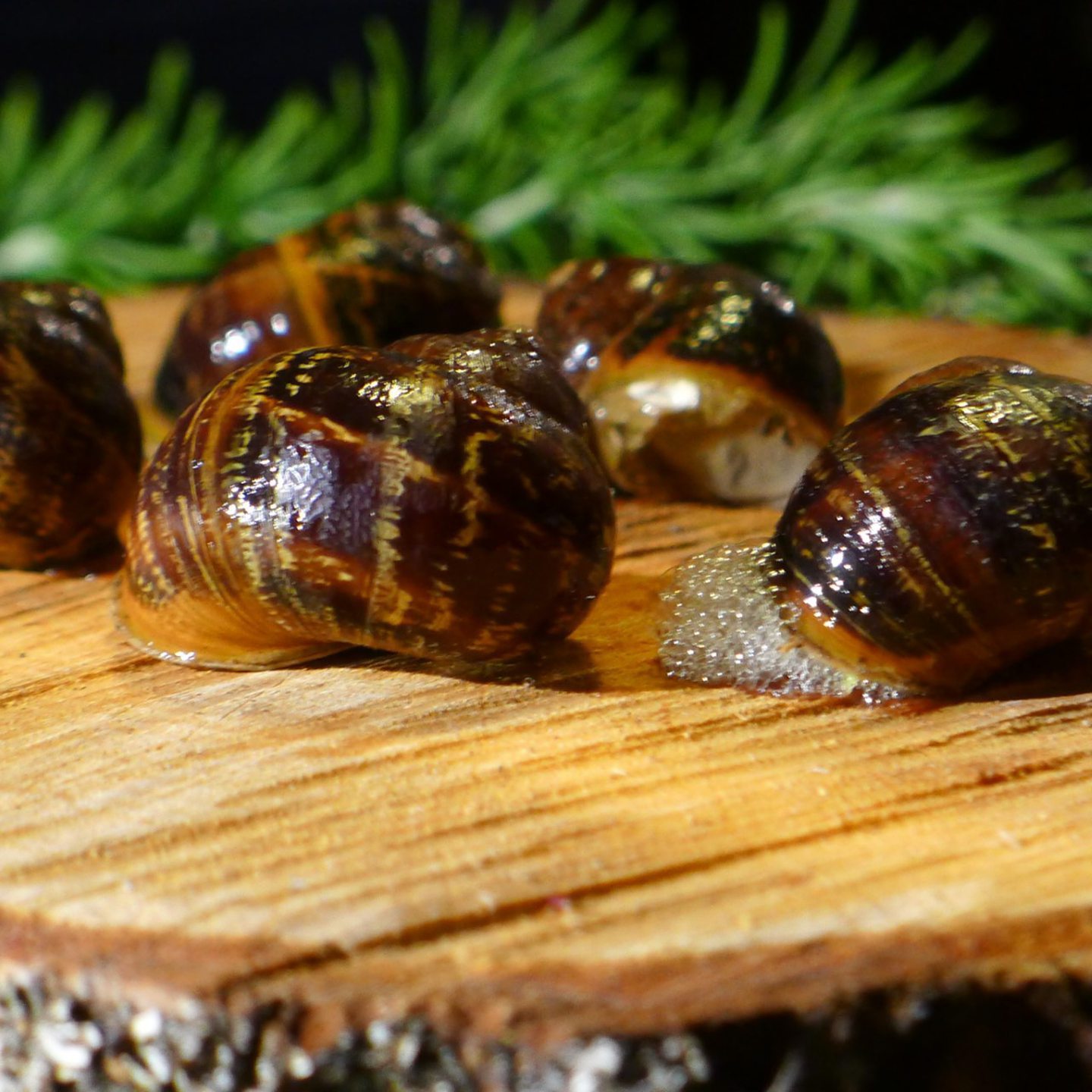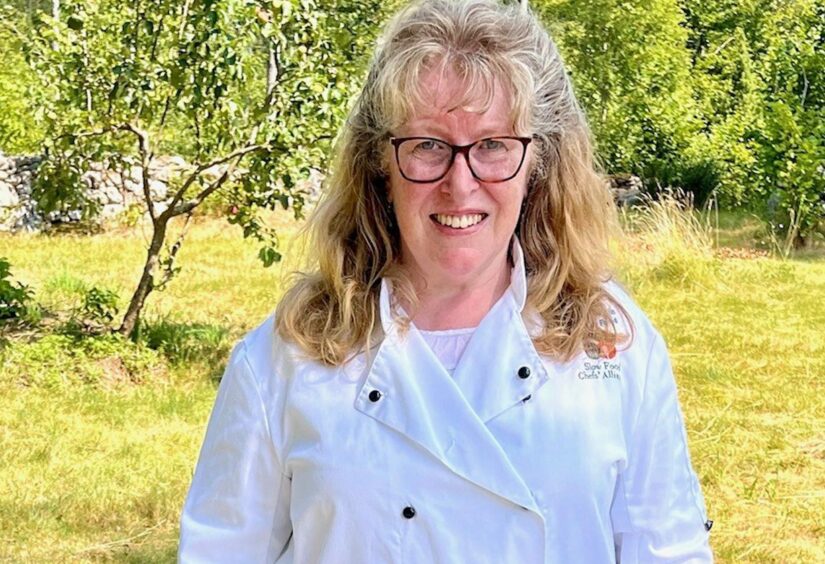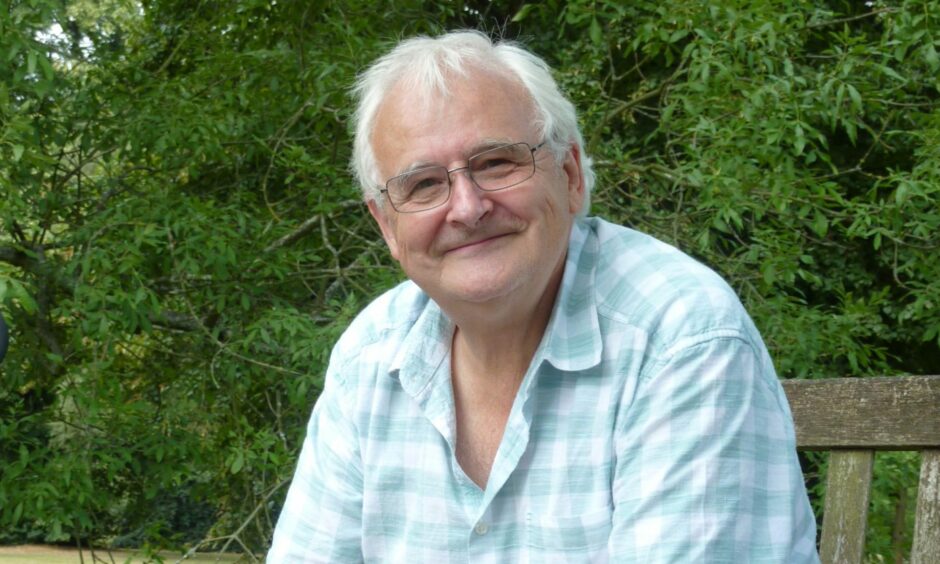In this time of biodiversity loss and extinctions, the humble snail seldom gets a mention — yet many species are disappearing.
There are some snails in the UK that are so endangered they’ve secured protection from the ravenous restaurant trade.
But not forbidden are the most common variety, some of which dwell peacefully at the bottom of Gerard MacDonald’s garden on Barra.
And when he picks them for a French restaurant off the damp grass or machair sand dunes of his island home, he feels he is offering hope in a time of wildlife loss.
The man himself, Mr Gerard MacDonald from Barra who @fredecosse gets his snails from talking @Lescargot_B pic.twitter.com/DLO0zlwQIq
— Citylicious (@CityliciousUK) July 13, 2015
Some question the idea of foraging for animals like snails for gourmet tables when preserving our biodiversity is at the forefront of many conservationist’s minds.
But the 59-year-old oyster farmer said his small-scale harvesting is bringing our taste buds back to the wild, and is promoting a special Barra heritage product.
He is proud that his efforts have secured the garden snails of the Isle of Barra a place on an international catalogue of endangered heritage foods.
And said he takes care to ensure their numbers are as unaffected as possible by his harvest.
He said: “I recognise the importance of this, I obviously don’t want to go too hard on them. I don’t think the population could sustain me taking more than about 20 kilos a week.”
‘I couldn’t help standing on them’
Gerard’s snail-collecting venture took off around 2015 when Edinburgh-based French chef Fred Birkmiller was asking around for Isle of Barra snails for his fine diners at his restaurant, L’escargot Bleu.
Just in! Direct from the Isle of Barra. Appearing on the menu tomorrow 🐌🐌🐌#sourcing #local #snails #escargot #hebridean #provenance #larder #terroir #fraicheur #restaurant #edinburgh #ecosse #scotland #wearecooking #lescargot pic.twitter.com/xSuilXnl1m
— l'escargot bleu restaurant + wine bar (@Lescargot_Edin) August 6, 2019
Struggling to find a market for them, Gerrard was only too happy to oblige.
He knew of their abundance and he recognised that the lower potential of pollution on the island of Barra offered protection against impurities.
Recalling his first serious snail hunt, Gerard said: “The abundance was incredible because nobody had touched them for years and years and years.
“My garden extends to about half an acre, and it’s just grass. In that one afternoon, I lifted seven kilos of them.
“I couldn’t help but stand on them, they were crunching underfoot, there were so many.”
‘It’s just for pocket-money’
Gerard, who founded Barra Oysters Company, insists snail harvesting is not something that he does for money, earning at most £2,000 in one year.
He added: “It’s very much a pocket-money thing.
“Last year I didn’t sell any snails at all. The previous year we were selling relatively small quantities to the Three Chimneys Restaurant on Skye, just a couple of kilos a week.
“I might go back to them though this year and when I retire from doing the oysters, I might look at adding a farming element to it all and being a bit more scientific about how I go about it.”
Escargo for it: ‘We’re not harming the planet by taking a few’
Thanks to Gerard, the tiny wild molluscs that call Barra home have been accepted into the care of a global food organisation.
The Ark of Taste catalogues endangered and rare heritage foods, and encourages their cultivation for human consumption.
Wendy Barrie who leads the project in Scotland said the Isle of Barra snails are the perfect addition.
Isle of Barra snail boards @SlowFoodHQ's @arkoftaste and future preservation (£) https://t.co/yO3RaPc9xk pic.twitter.com/DLW6nP5yXo
— Artisan Food Law ® (@ArtisanFoodLaw) August 21, 2017
Researching for evidence of islanders having eaten them, Wendy discovered they were a highly-valued protein source for early Christian monks.
Wendy said the snails are “all part of a balanced ecosystem” and a sustainable future food source.
She added: “I don’t think they are in short supply. I think there’s quite a lot of them.
“For the Ark we are thinking not only about the quality of the food, we are thinking about environmental issues. We are not harming the planet if we remove a few.”
How unusual is it to eat garden snails in a restaurant?
Tom Walker, president of the Conchological Society of Great Britain and Ireland, said it was not common to hear of a restaurant serving them.
But he said he could understand that they would be considered a delicacy given the cleanliness of the Barra island environment.
He added: “In most restaurants where you find snail on the menu they’re likely to be the larger variety which is bred commercially, they come pre-prepared.”
Barra snails sheltering from the wind in a gatepost. pic.twitter.com/y2oVJazLX6
— Alison Swanson (@swansoam) September 11, 2016
Tom has eaten garden snails as a child when the Miners’ Arms in Bristol “did a roaring trade in them”.
He said the Victorians ate them in vast quantity and they are thought too have been introduced to Britain by the Romans.
Tom added: “The ones on Barra that are being eaten are just ordinary garden snails, they’re ubiquitous, they’re one of the most widely distributed of all snails, I don’t think anybody is going to mind if you take some.”
What would happen to the Barra snails if everybody does it?
Fenceposts on the Island of Barra are covered in snails -they supply French restaurants and are apparently delicious! pic.twitter.com/PMrak3oLqu
— Hilary Berg (@HilBergHBC) September 28, 2014
But there are still some who shudder at the thought of gathering them up for dinner.
Suzanne Burgess, development manager for Buglife – The Invertebrate Conservation Trust, said: “If more people start to do this, when does it stop being sustainable?”
She added: “The snails probably are being replaced very quickly.
“But all around our coast there are people going hunting for things like periwinkles for restaurants, or for clams, or mussels, and they’re all gaining from that.
“Small scale-harvesting is fine, but the problem is, who’s monitoring?”





Conversation